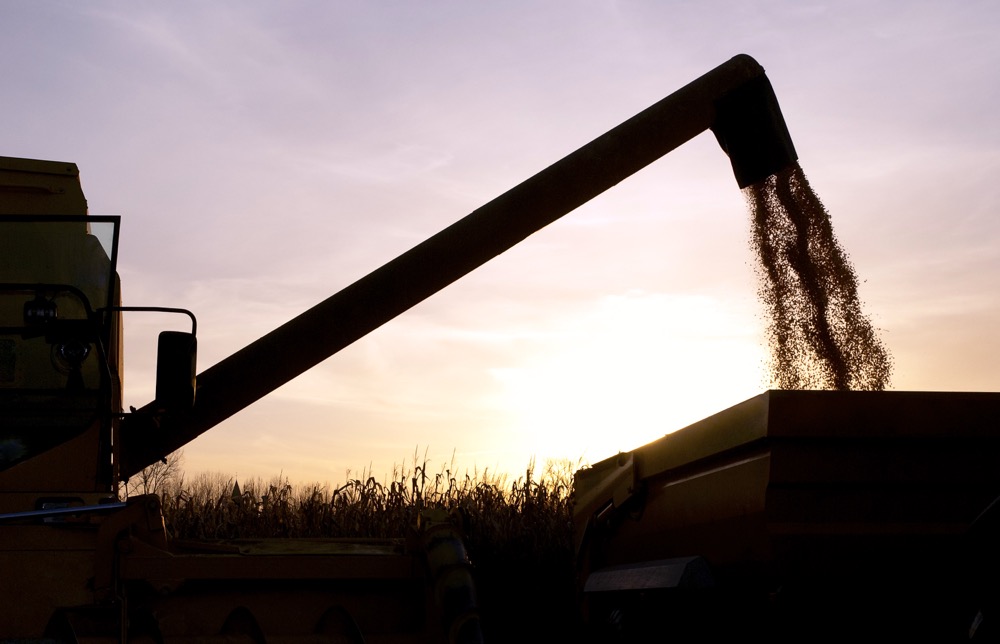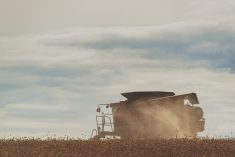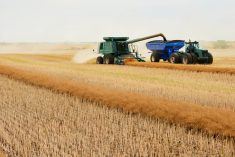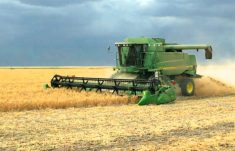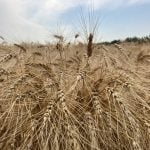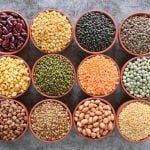Glacier FarmMedia — Saskatchewan saw higher than average yields and good quality for most crops in 2025 as harvest operations wrap up for the season, reported the provincial agriculture department in its last weekly report for the year.
The provincial harvest was virtually complete at 99 per cent, said Saskatchewan’s weekly crop report released on Oct. 30. This year’s crops were harvested later than usual due to rainfall throughout the growing season and uneven crop staging. Cool July temperatures slowed development, but crop staging evened out and prevented harvest delays. Pests like bertha armyworm, cabbage seedpod weevil and Richardsons ground squirrel also posed challenges in some regions.
Read Also
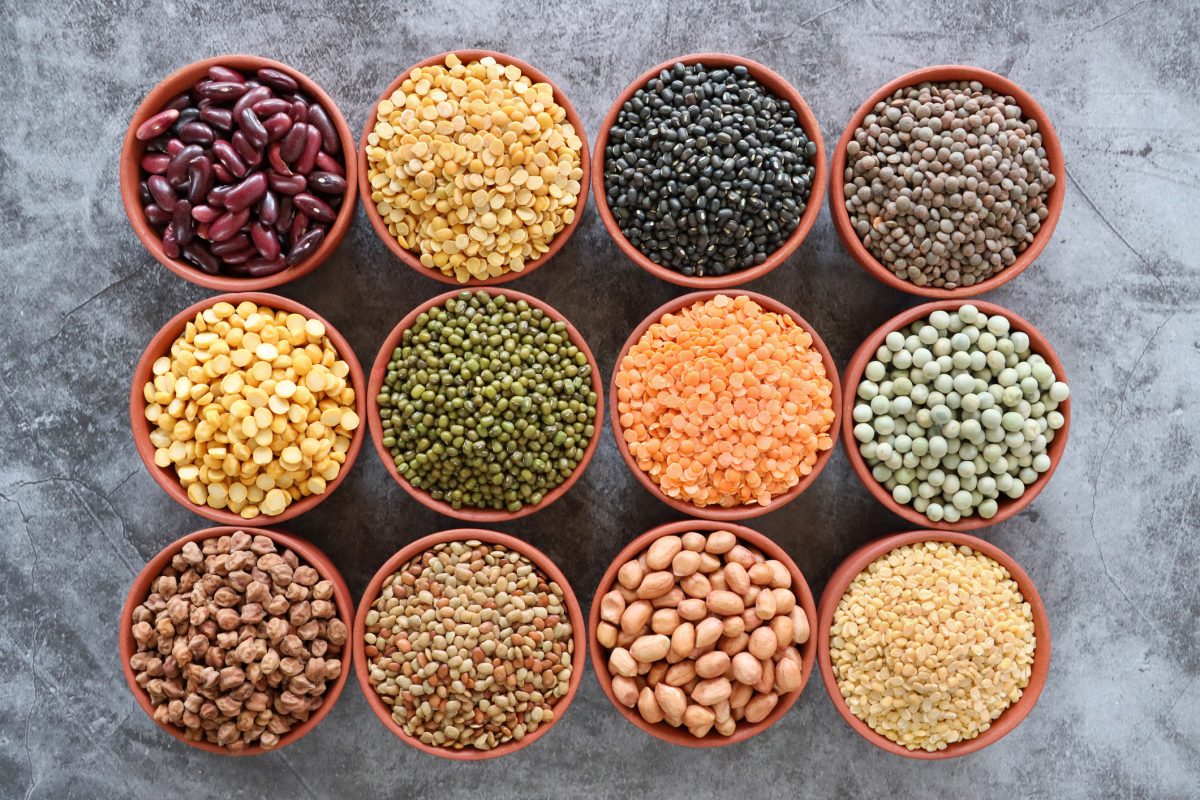
Pulse Weekly: SPG looks back at harvest, ahead to trade
Saskatchewan Pulse Growers executive director Carl Potts said this year’s harvest had strong yields as the organization now works on international trade.
All crop types in Saskatchewan yielded higher than their 10-year averages. Winter wheat crops yielded 44.1 bushels per acre and fall rye yielded 52.6 bu./ac. For spring cereal crops, oats had the biggest yield at 94.4 bu./ac., followed by barley at 70. Hard spring wheat was 51.5 bu./ac. and other spring wheat was 55.5. Durum yielded 39.4 bu./ac. and triticale yielded 25.3. Canary seed saw 1,354 pounds per acre, while field peas were at 40.8 bu./ac, lentils at 1,785.5 lbs./ac. and chickpeas yielded 1,716.2 lbs./ac. Oilseed crops were the last to come off, yielding 42.4 bu./ac. for canola, 39.6 for soybeans, 26.6 for flax and 880.1 lbs./ac. for mustard.
As of Oct. 20, mustard was 99 per cent combined, followed by 98 per cent for canola, 94 per cent for flax, 91 per cent for chickpeas and 87 per cent for soybeans.
Related: Large wheat supply pressures prices
Most crops graded in the top two quality categories, but some downgrading was reported due to dry conditions, pest activity and late-season rain. Canola quality was higher than the 10-year average as crops graded 86 per cent 1 Canada, 13 per cent 2 CAN and one per cent 3 CAN. For pulses, field peas graded 41 per cent 1 CAN, 52 per cent 2 CAN and seven per cent 3 CAN, while lentils graded 22 per cent 1 CAN, 59 per cent 2 CAN, 17 per cent 3 CAN and two per cent Sample.
Spring wheat was rated as 63 per cent 1 Canada Western, 29 per cent 2 CW, six per cent 3 CW and two per cent CW Feed, while barley was rated as 27 per cent malt, 60 per cent 1 CW and 13 per cent 2 CW and Sample.
Average silage yields in the province this year were 5.82 tons per acre, which is lower than the 6.37 tons/ac. reported last year. Provincially, dryland hay yields were 1.39 tons/ac. for alfalfa, 1.32 for brome hay, 1.19 for tame hay, 1.33 for baled forage and 2.14 for greenfeed. The first cut hay crop was rated as 11 per cent excellent, 63 per cent good, 22 per cent fair and four per cent poor. Producers who were able to do a second hay cut reported that 24 per cent was excellent, 47 per cent was good, 19 per cent was fair and 10 per cent was poor quality.
Cropland topsoil moisture was rated at four per cent surplus, 55 per cent adequate, 33 per cent short and eight per cent very short. For hayland areas, topsoil moisture was three per cent surplus, 51 per cent adequate, 36 per cent short and 10 per cent very short. For pastures, topsoil moisture was two per cent surplus, 38 per cent adequate, 45 per cent short and 15 per cent very short. Significant rainfall and snow are needed in the coming months to replenish soil moisture levels for next spring, especially in western regions.
Most pastures reflect the soil moisture ratings quite closely. Provincially, three per cent of pastures were in excellent condition, 29 per cent were good, 37 per cent were fair, 21 per cent were poor and 10 per cent were in very poor condition.

